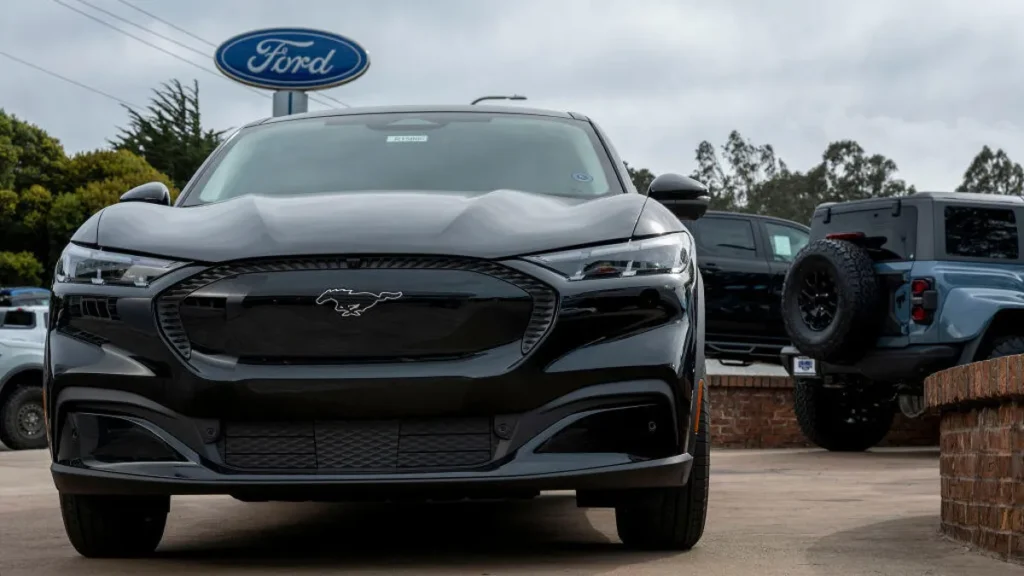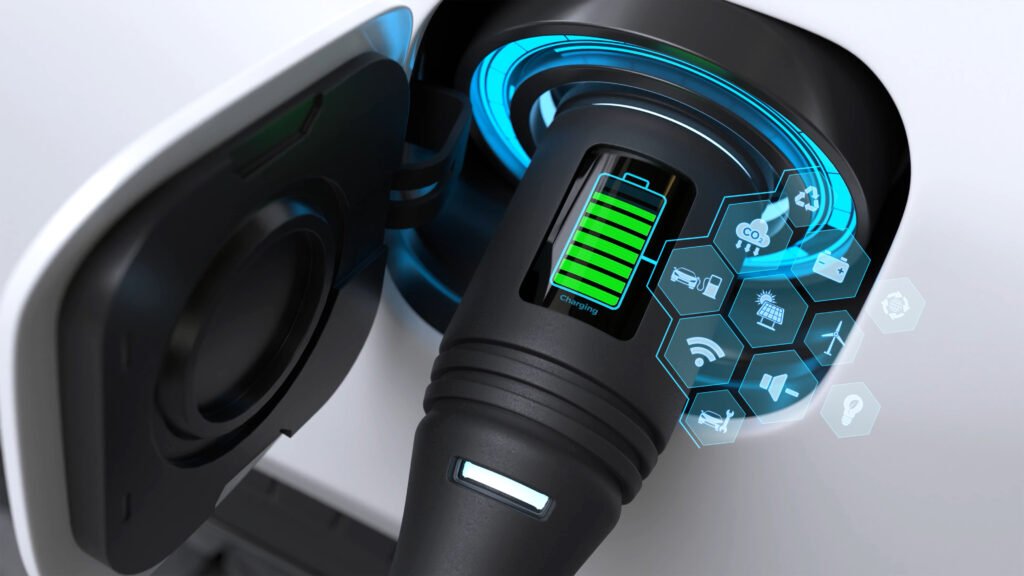The electric vehicle (EV) revolution is well underway, and nowhere is this more evident than in North America. As consumer awareness grows and governments ramp up climate initiatives, electric cars in North America are becoming mainstream. In this article, we’ll explore the current state of the EV market, adoption trends, major players, infrastructure challenges, and future projections.
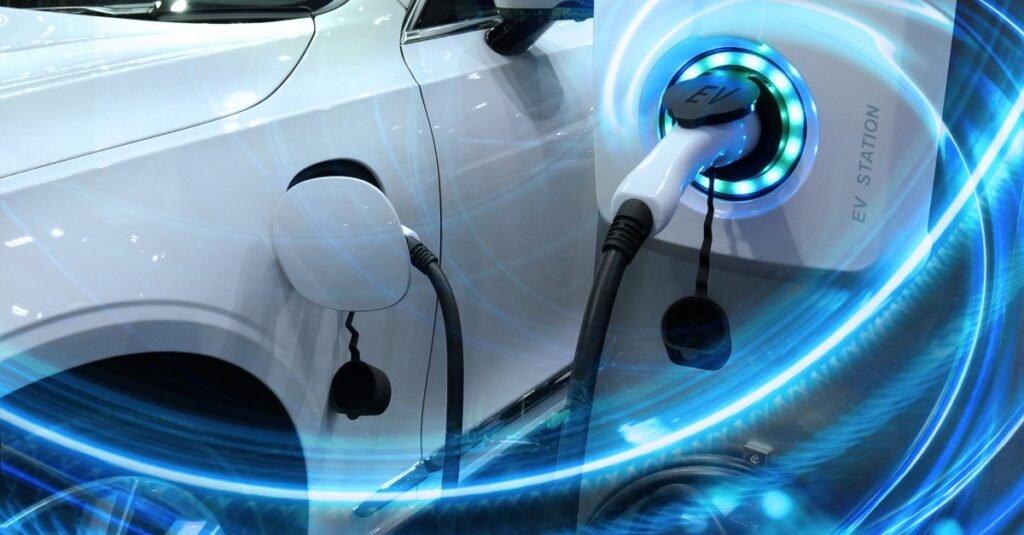
The Current State of Electric Cars in North America
Over the past five years, the electric vehicle market has evolved from niche to notable. In 2024, EV sales reached record highs across the United States and Canada. Over 1.4 million electric cars were sold in the U.S. alone, accounting for more than 10% of new vehicle sales, up from just 2% in 2020. Canada followed suit with over 160,000 EV registrations, while Mexico is also beginning to expand its EV infrastructure through public-private partnerships.
This rapid growth signals that electric cars in North America are not just a trend but a transformative shift. The momentum is being fueled by improvements in battery technology, an expanding charging network, and consumer demand for sustainable transportation.
Key Players in the EV Market
Several automakers are shaping the EV narrative in North America. Tesla remains the dominant force with its best-selling Model Y and Supercharger network. However, legacy manufacturers like Ford, General Motors, and Stellantis are rapidly gaining ground.
- Ford has seen major success with its Mustang Mach-E and F-150 Lightning, appealing to both city dwellers and rural drivers.
- GM is investing $35 billion in EVs through 2025, with vehicles like the Chevrolet Bolt EUV and upcoming electric Silverado.
- Rivian and Lucid Motors, both headquartered in the U.S., are carving out premium and adventure niches, while startups like VinFast and Fisker are also entering the market.
In Canada, companies like Lion Electric and GreenPower Motor Company are focusing on electric buses and commercial fleets, reinforcing the region’s industrial EV footprint.
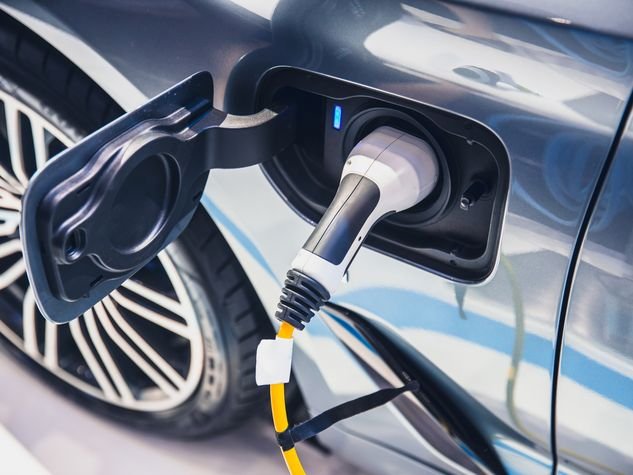
Charging Infrastructure and Battery Innovation
One of the most significant factors accelerating EV adoption is the rapid development of charging infrastructure. In 2024, North America surpassed 200,000 public charging stations, with over 30% supporting fast charging (Level 3).
Electrify America, ChargePoint, and Tesla continue to lead the expansion, while government-funded initiatives aim to fill in rural and underserved areas. In Canada, the Zero Emission Vehicle Infrastructure Program (ZEVIP) is investing in public and residential charging hubs.
Meanwhile, battery range and performance have dramatically improved. The average EV now exceeds 300 miles per charge, thanks to innovations like:
- Solid-state batteries, offering higher energy density and faster charging
- Lithium iron phosphate (LFP) cells for improved safety and longevity
- Battery recycling advancements to reduce dependency on rare materials
This progress is reducing range anxiety, a common barrier to adoption, and making electric cars in North America more attractive to mainstream buyers.
Policy Incentives and Government Support
Public policy has played a pivotal role in the growth of electric cars. In the U.S., the Inflation Reduction Act (IRA) has extended tax credits up to $7,500 for eligible EVs. State-level programs in California, New York, and Colorado offer additional incentives and rebates, sometimes stacking up to over $10,000 in total benefits.
Canada has implemented the iZEV Program, offering rebates of up to CAD $5,000, and has pledged that all new light-duty cars and passenger trucks must be zero-emission by 2035.
Mexico is advancing EV adoption through tariffs on internal combustion vehicles, electric public transport programs in cities like Mexico City, and strategic partnerships with automakers such as BYD and Tesla, which is building a Gigafactory in Monterrey.
These regulations, combined with rising fuel prices and environmental concerns, are creating strong tailwinds for electric cars in North America.
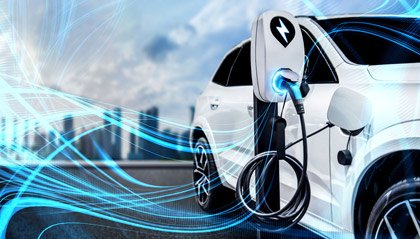
Consumer Trends and Market Challenges
While the market is growing fast, challenges remain. EVs still carry a higher upfront cost than gasoline vehicles, despite lower total cost of ownership (TCO). Insurance premiums and maintenance perceptions can also deter buyers unfamiliar with EVs.
Moreover, the availability of charging infrastructure in apartment complexes, condos, and rural areas is lagging. This limits adoption in certain demographics and regions.
Nonetheless, consumer behavior is shifting. Surveys show that 60–70% of new car buyers in 2025 are considering an EV, especially among millennials and Gen Z. Many cite environmental benefits, fuel savings, and new tech features like over-the-air updates and autonomous driving as major appeals.
What the Future Holds for Electric Cars in North America
The outlook for electric cars in North America is undeniably strong. Here are some projections and key trends to watch through 2030:
- EVs to surpass 40% of new vehicle sales by 2030, with some states like California reaching over 60%
- Battery prices expected to drop below $70 per kWh, making EVs more affordable than gasoline vehicles by 2027
- Automaker transitions to fully electric lineups: GM by 2035, Volvo by 2030, and others following closely
- Energy grid integration, where EVs act as mobile batteries, feeding energy back during peak hours (V2G technology)
- Sustainable manufacturing and local sourcing of battery materials to reduce supply chain risks
With strong momentum, supportive policy, and accelerating innovation, electric cars in North America are positioned not just to replace traditional vehicles—but to redefine the future of transportation.
Final Thoughts
As we progress deeper into the 2020s, it’s clear that electric cars in North America are no longer futuristic—they are foundational. The convergence of technology, policy, and consumer interest is creating an unstoppable wave. Whether you’re a driver, investor, or policymaker, the EV era is here—and it’s charging ahead fast.

